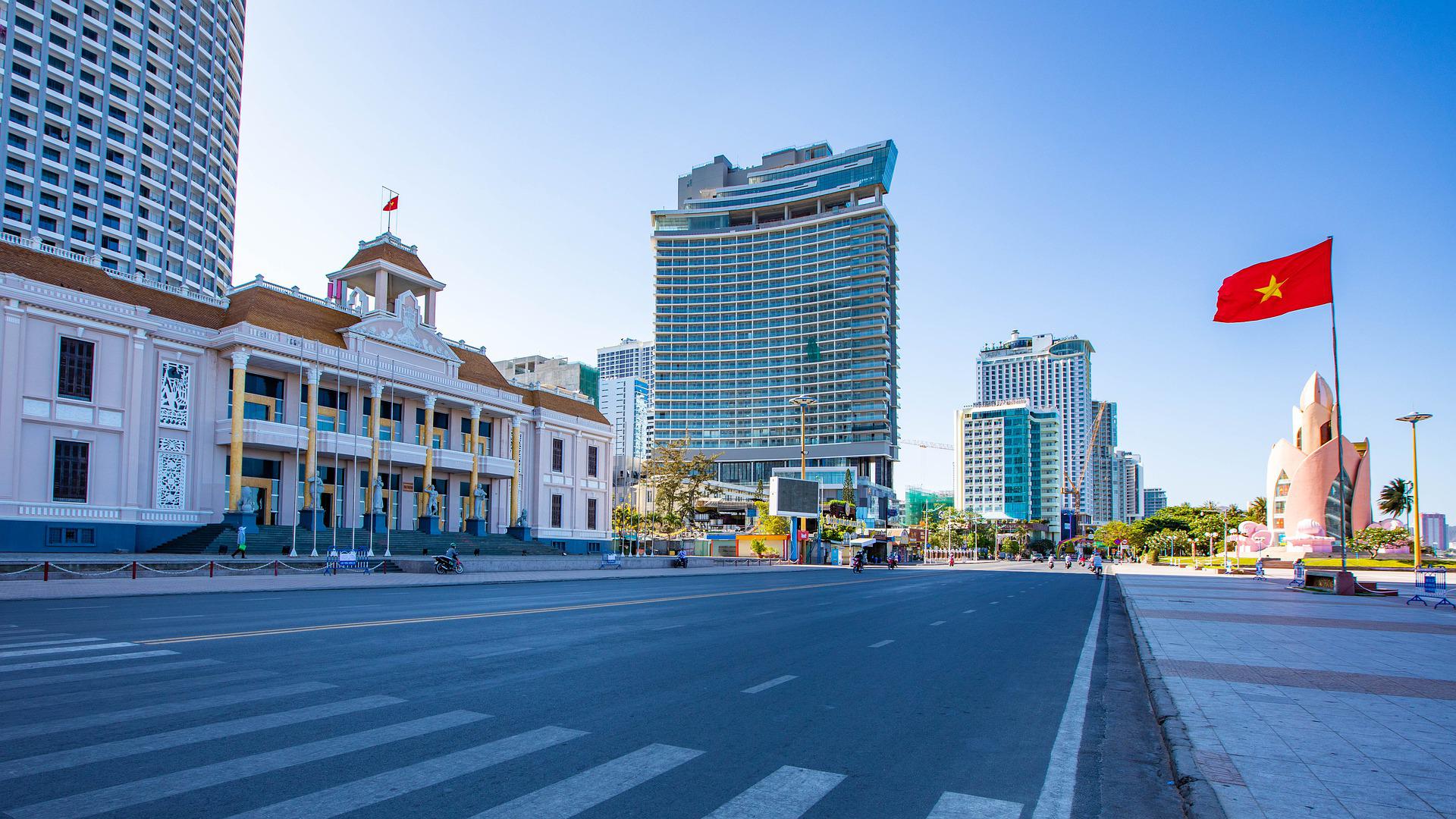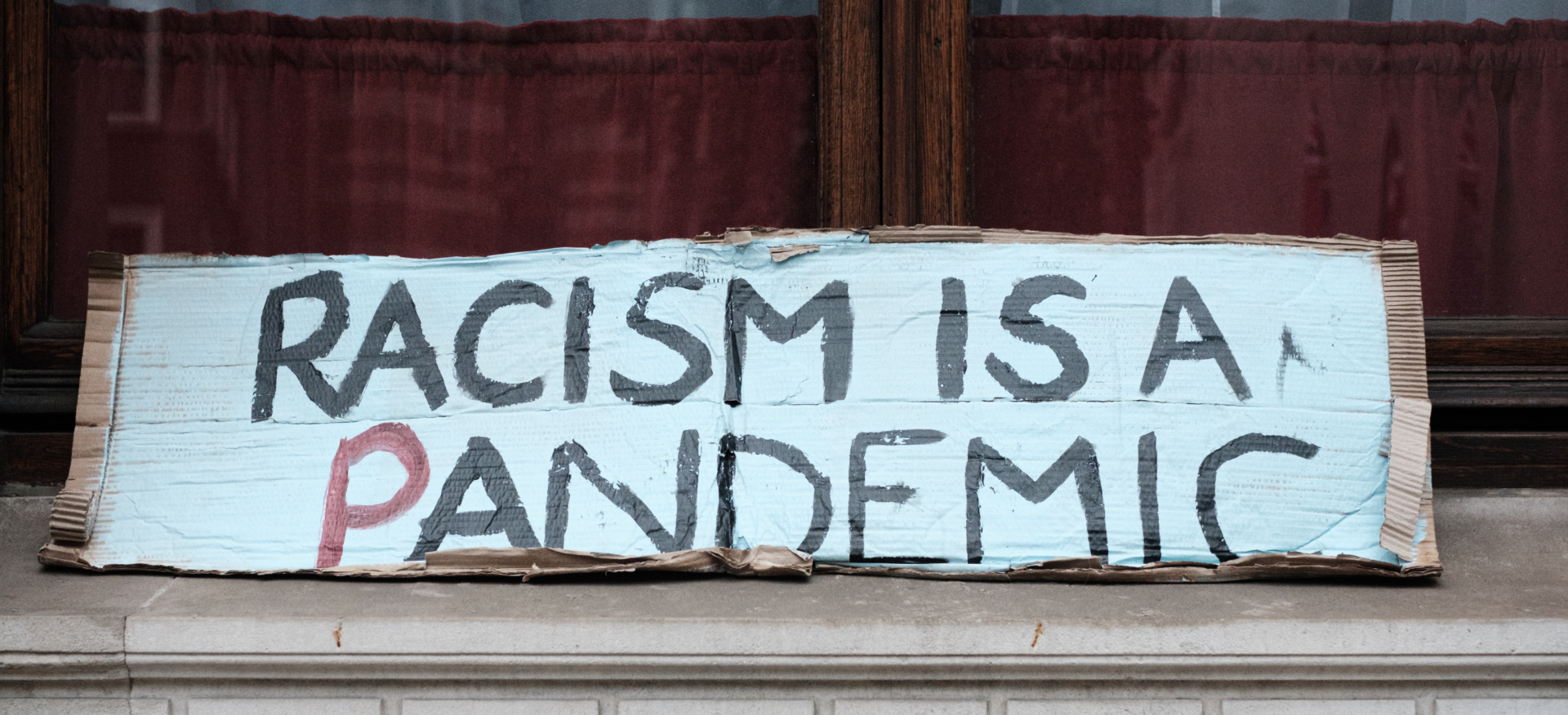India and Vietnam: Lessons from COVID
On January 30, the WHO declared the coronavirus a global emergency.
India reported its first case of the virus on 30 January 2020, from the southern state of Kerala. After 50 days of reporting the first coronavirus case, India reported a total of 360 cases with a total test of 16,021 individuals. Subsequently, on 25 March 2020, India imposed a nationwide lockdown, extending till 14 April 2020. India also closed its state and national borders, prohibiting the movement of people. Domestic and international flights were also closed.
Meanwhile, Vietnam went through four waves of COVID-19. The first wave, lasted from 23 January 2020 to 16 April 2020, with 100 community cases and no deaths being reported. The following two waves of D614G and Alpha variants had less impact with only minimal increase in community cases. In the second wave community cases stood at 554, which rose to 910 in the third wave. But the fourth wave of Delta variant lasting between 27 April 2021 to November 2021 has had the biggest toll on the country. As of September 12, 2021, 601,349 cases and 15,018 deaths were reported in Vietnam.
The battle against COVID-19 is far from over and much needs to be overcome. Countries have also learned valuable lessons from their crisis response amid the pandemic, particularly their healthcare system. This is one of the topics being discussed in the upcoming Horasis India Meeting, which will be held between 25 to 26 September, 2022 in Vietnam. The meeting will bring together 300 of the most senior members of Horasis to inspire the most sustainable and resilient path to recovery.
India’s Response
India is home to the world’s biggest vaccine manufacturer, the Serum Institute of India. The institute produced tens of millions of doses of the approved Oxford-AstraZeneca vaccine, promising half of it to India. However, the Indian government ordered just 11 million doses from Serum, and a smaller number of another vaccine from Bharat Biotech, due to record low cases of coronavirus at that time.
This was short-lived, as India braced for the second wave of COVID-19, with a surge in demand for vaccines. Although the Indian government cut back on vaccine exports, redirecting all of Serum Institute’s vaccines domestically, there wasn’t enough vaccines for all. What also worsened the situation was the government’s decision to open the vaccinations for all adults aged 18 and above; and the allocation of one-fourth of the supply to private clinics, where prices were very high for majority of Indians.
India’s vaccine response was riddled with low production, short supply and a complex vaccination booking system. A ray of hope amid all this gloom was when India administered 8.6 million shots on 21 June 2021, a daily record for any country except China. And efforts now underway to get people vaccinated are remarkable, with the Aarogya Setu and Cowin apps being lauded globally.
Vietnam’s Response
Vietnam responded well to COVID-19. It implemented several ways such as testing, contact tracing and quarantining to emerge unscathed from the pandemic. Vietnam was quick, encouraging its virologists to develop diagnostic tests for coronavirus. Between February and March 2020, the country had already produced four testing kits, with support from private companies, including Viet A and Thai Duong to mass produce it.
As part of its containment measures, the country relied on a comprehensive contact tracing system. The government was quick in tracing and identifying the people who were in contact with the infected person, going up till people who were in contact with the people who were in contact with the infected person. Vietnam also remarkably identified and quarantined people who were in contact of confirmed cases or had traveled to a COVID-19 affected country, even if they had no symptoms.
As of December 2020, the country was successful in placing more than 10 million people under quarantine, greatly delimiting the rise in cases in the country. Other than this, Vietnam’s Ministry of Health also launched an app, NCOVI, which showed people a map of detected cases; allowing users to declare their health status and report suspected cases; with access to real-time movement of people under quarantine.
Takeaways
Both India and Vietnam have learned much from their experiences in the pandemic. The speed at which it spread was a challenge for even developed nations to control, let alone developing nations such as India and Vietnam.
India should increasingly focus on its crisis response system; while increasing its investment in its public healthcare system. In the recent budget, India has increased its allocation of funding for the national Ministry of Health and Family Welfare to Rs. 86,200.65 crore (US$11.01 billion) for 2022-23 – 6.82% higher than the actual spending of 2020-21.
A promising sign, but going forward, both countries must focus in preparing a robust healthcare system built to withstand future crises. Similarly, equal attention should be given in prioritizing the administration of vaccines and prohibiting misinformation on social media.
Photo Caption: Empty streets in Nha Trang, Vietnam, during the lockdown.



